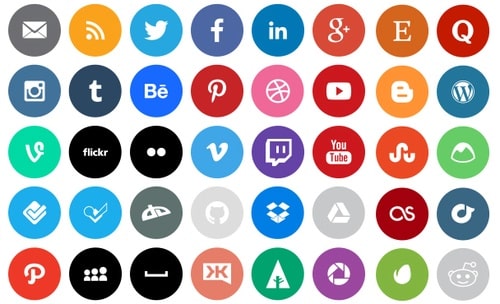Great article in the Drum. I have been selling marketing automation and allied strategic services for three years now and this state of the market report looks to be very accurate.
Key points for me are ‘You need an effective strategy.’ ‘You need to integrate effectively with your other technology.’ Creating and implementing the strategy in-house is time consuming and difficult, especially SEO and social.’
However, the rewards are clear. Within six months, most users find a marked increase in conversion rate, lead generation, sales revenue and a reduction in cost per lead.
A good Inbound agency will be aware of the pitfalls and the benefits. Will supply a strategy to implement the system and to reach out to key audiences, keeping you the client informed, and in control and as detailed in the report, within six months enjoying real commercial gains.

In many sectors, the high performing players are those that are utilising smart marketing and having Marketing Automation at the core, check it out and do give me a shout if you need to know more.
Marketing automation is experiencing unprecedented growth with data this month indicating that more than half of B2B companies (55 per cent) are adopting the requisite technology. To date, there are nearly 11 times more companies with marketing automation today than there were in early 2011.
However, a gulf is growing between high-performing companies who are 67 per cent more likely to use a marketing automation platform — compared to many businesses with 20 or more employees who have only about 4 per cent using marketing automation software.
Marketing automation includes email marketing, social media marketing, marketing analytics, content/data management and more. A recent report entitled the State of Digital Marketing 2016 notes a relatively high usage of email marketing (82 per cent), followed by social media marketing (67 per cent) and content management (52 per cent).
{{cta(‘d38100d5-0a23-4f16-b1c5-586b8733989e’)}}